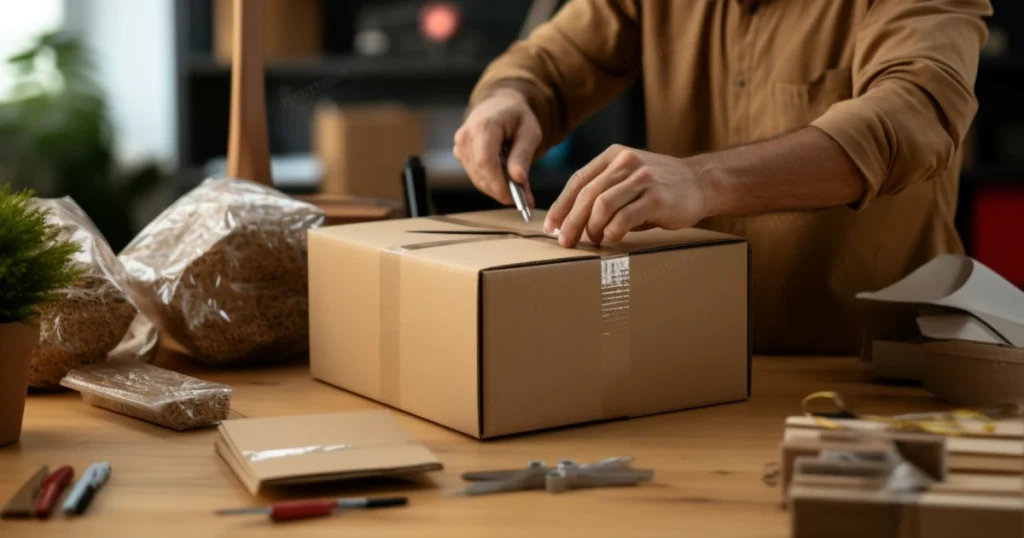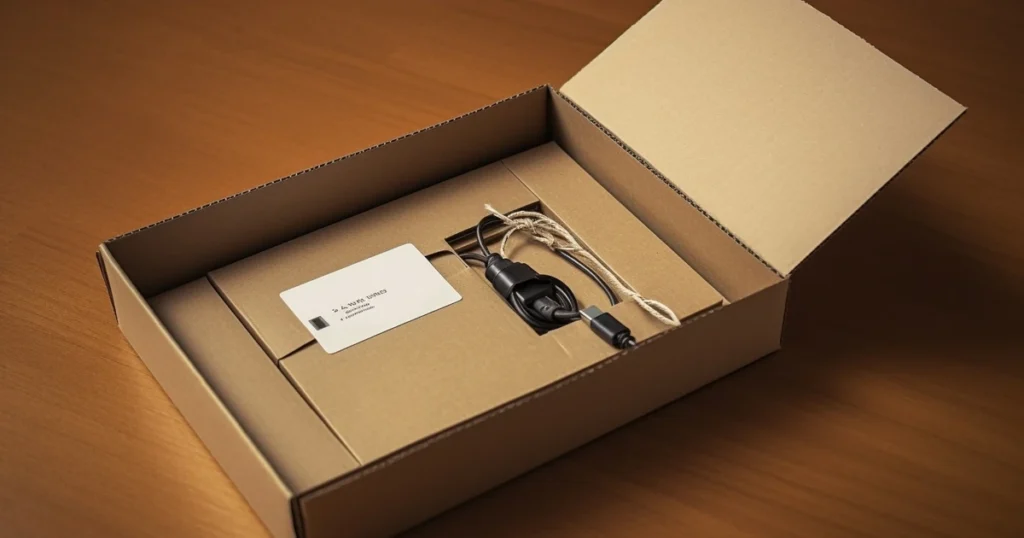Proper packaging is a pivotal aspect of the product delivery process, serving as a bridge between manufacturers and customers. It not only safeguards the integrity of the product during transit but also plays a crucial role in shaping customer satisfaction and brand perception. A well-packaged product not only arrives in pristine condition but also reflects positively on the company’s dedication to quality and professionalism.
Effective packaging goes beyond mere protection; it speaks to the brand’s commitment to a seamless customer experience. The unboxing moment is often the first tangible interaction a customer has with a product, making it a pivotal touchpoint for leaving a lasting impression. Whether it’s the anticipation built through an elegantly wrapped item or the reassurance provided by secure, damage-resistant packaging, these elements collectively contribute to customer satisfaction and reinforce brand reputation.
Recognizing the significance of this process, this blog post aims to provide comprehensive guidance on the art and science of packaging products for delivery. Tailored for businesses and individuals involved in the intricate web of product delivery, this outline serves as a roadmap to ensure that every step of the packaging journey aligns with industry best practices, elevating the delivery experience for both businesses and end consumers alike.

Factors to Consider When Choosing Appropriate Packaging Materials
- Product Fragility, Size, and Weight
Selecting packaging materials that can withstand the specific weight and dimensions of the product is crucial in preventing damage during handling and transportation. Fragile items require cushioning materials that offer sufficient protection against impacts and vibrations. - Environmental Considerations and Sustainability
Evaluating the environmental impact of packaging materials is becoming increasingly critical in the context of sustainability. Opting for recyclable, biodegradable, or eco-friendly materials not only reduces the carbon footprint but also aligns with the growing consumer preference for environmentally responsible practices. - Cost-Effectiveness and Logistics
Balancing the need for quality packaging with cost considerations is essential for maintaining a viable and efficient logistics process. Analyzing the cost-effectiveness of different packaging materials and their impact on the overall shipping expenses can help optimize the delivery process without compromising product safety or quality.
Essential Components of Packaging

Outer Packaging Materials
- Boxes, Envelopes, and Mailers
Boxes, envelopes, and mailers serve as the first line of defence, protecting the product from external impacts and environmental factors during transit. Selecting the appropriate size and strength of the outer packaging is crucial for ensuring the safety of the contents. - Protective Cushioning Materials (Bubble Wrap, Packing Peanuts, etc.)
Utilizing cushioning materials such as bubble wrap, packing peanuts, or air pillows adds an extra layer of protection, effectively absorbing shocks and preventing the product from shifting within the outer packaging.
Inner Packaging Elements
- Product Wrapping (Shrink Wrap, Tissue Paper, etc.)
Inner product wrapping materials, including shrink wrap and tissue paper, provide an additional safeguard against scratches, dust, and moisture, maintaining the product’s original condition throughout the delivery process. - Customized Inserts and Partitions for Securing Items
Incorporating customized inserts and partitions within the packaging helps secure the product in place, minimizing movement and reducing the risk of damage. These inserts can be tailored to the specific dimensions and contours of the product for maximum protection.
Sealing Methods and Tools
- Tape, Adhesives, and Strapping Materials
Secure sealing with high-quality tapes, adhesives, or strapping materials ensures the integrity of the package, preventing any accidental opening or tampering during transit. - Heat-Sealing Machines and Equipment
For certain packaging materials, employing heat-sealing machines and equipment can provide a more secure and professional seal, especially for items that require an airtight or moisture-resistant barrier.
Guidelines for Ensuring the Safety and Security of Products During Transit
- Techniques for Preventing Product Movement and Damage
Implementing secure and snug packaging configurations, such as custom inserts, partitions, or fillers, can effectively prevent product movement within the packaging, minimizing the risk of damage during transit. Ensuring a compact fit between the product and its packaging significantly reduces the potential for impact-related harm. - Strategies for Protecting Items from Environmental Factors (Moisture, Temperature, etc.)
Shielding products from potential environmental hazards, including moisture, temperature fluctuations, and other climatic elements, is crucial for preserving their quality. Incorporating moisture-resistant barriers, desiccants, or insulated packaging materials can help safeguard products from adverse weather conditions, ensuring they reach the customer in optimal condition.

In the complex ecosystem of product delivery, effective packaging stands as a critical pillar, ensuring the safe and secure transportation of goods from sellers to consumers. The art of packaging goes beyond mere protection; it serves as a direct reflection of a brand’s commitment to quality, customer satisfaction, and environmental responsibility.
By understanding the unique packaging requirements of different product categories and meticulously selecting appropriate materials and techniques, businesses can significantly enhance the delivery experience for their customers. Standardizing packaging procedures and integrating strategies to prevent product movement and shield items from environmental factors are key to maintaining product integrity throughout the shipping journey.
Moreover, in a rapidly evolving market shaped by sustainability concerns and technological advancements, the importance of eco-friendly packaging and the adoption of innovative practices cannot be overstated. As businesses strive to meet the growing demands of consumers and adapt to changing industry regulations, staying informed about emerging trends and best practices is essential for maintaining a competitive edge and cultivating a positive brand image.
Ultimately, the journey from the warehouse to the customer’s doorstep relies on the meticulous care and attention invested in packaging. By prioritizing this often-overlooked aspect of the delivery process, businesses can not only ensure customer satisfaction and brand loyalty but also contribute to a more sustainable and efficient global supply chain. As the world of commerce continues to evolve, the art of packaging remains a timeless cornerstone in the customer experience journey, solidifying the bond between businesses and their patrons.

